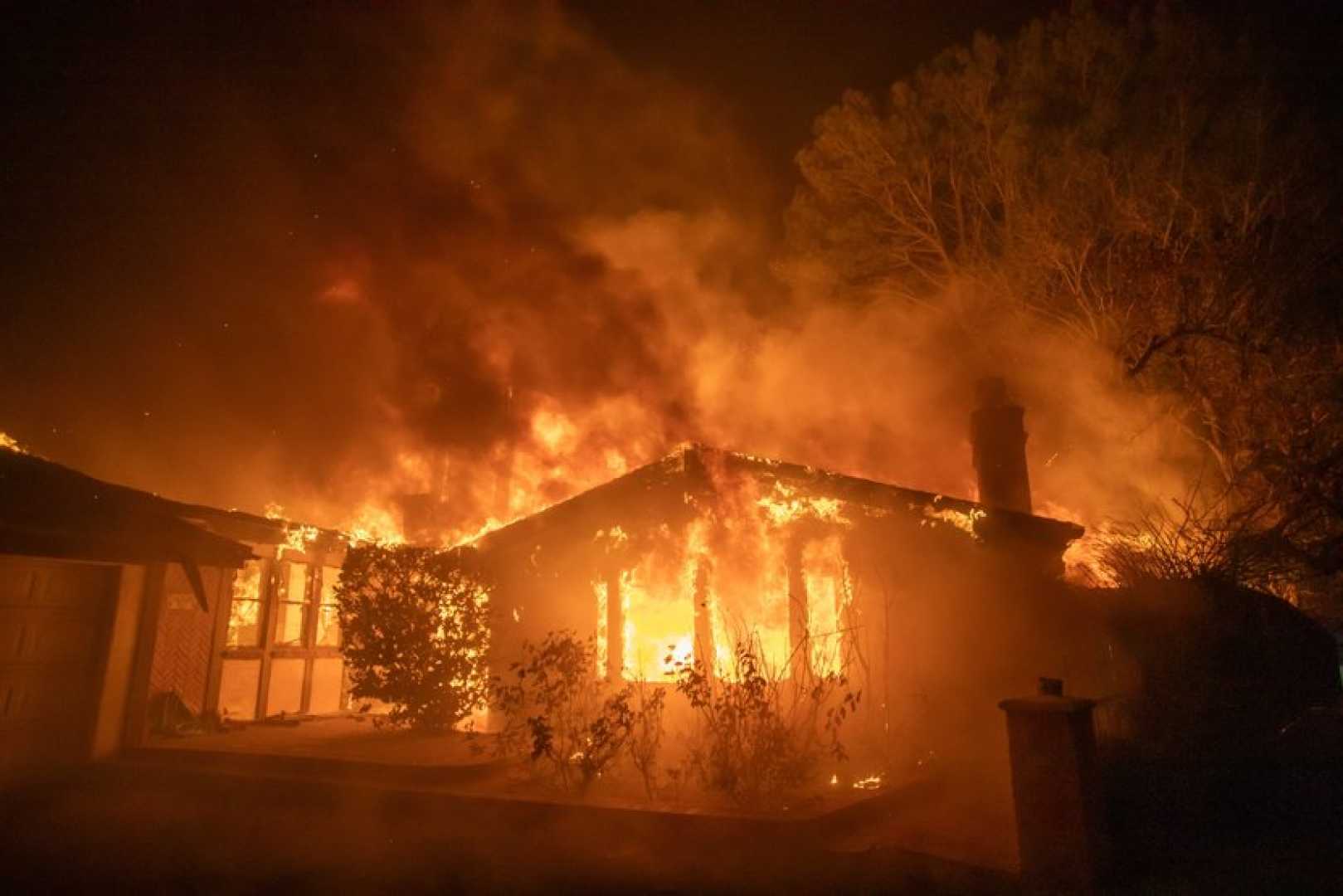News
California Wildfires Leave Homeowners Uninsured and Devastated

PACIFIC PALISADES, Calif. — Francis Bischetti, a 55-year-old personal assistant, lost his lifelong home in the El Medio neighborhood of Pacific Palisades when wildfires swept through Los Angeles County this week. Bischetti, like many others in fire-prone areas, had been unable to afford skyrocketing insurance premiums, leaving him without coverage when disaster struck.
Last year, Bischetti learned his Farmers Insurance policy would jump from $4,500 to $18,000 annually — a cost he couldn’t manage. Unable to qualify for the California FAIR Plan due to fire risk mitigation requirements, he chose to “go bare,” leaving his home uninsured. Despite his efforts to protect the property by watering it year-round, the home burned to the ground Tuesday, one of more than 10,000 structures damaged or destroyed in the worst fire event in Los Angeles history.
“It was surrealistic,” Bischetti said. “I’ve grown up and lived here off and on for 50 years. I’ve never in my entire time here experienced this.” Farmers Insurance declined to comment on individual policyholders.
Bischetti’s story is emblematic of a growing crisis in California. Insurers, facing increasing wildfire risks, have been dropping policies or refusing to renew them, leaving homeowners in fire-prone areas like Pacific Palisades and Altadena scrambling for coverage. State Farm, California’s largest home insurer, announced it would not renew 30,000 policies last year, including 1,626 in Pacific Palisades. Other major insurers, including Chubb, Allstate, and Tokio Marine, have also scaled back operations in the state.
The California FAIR Plan, a last-resort insurance option, has seen its policies more than double in four years, from 203,000 to 452,000 as of September. However, FAIR Plan coverage is limited and often insufficient for rebuilding costs. Peggy Holter, 83, a retired television journalist, lost her Pacific Palisades condo in the fire after State Farm declined to renew her policy. Her homeowners association’s FAIR Plan master policy would pay only $550,000 per unit, far below the $1 million-plus value of the condos.
“I’m not a big keeper of things, but what I did have was a whole wall of pictures and albums of all the places I had been, family photos,” Holter said. “The only thing I am concerned about is the future, because that is what you have to do.”
Matt Knight, a 45-year-old elementary school teacher in Altadena, narrowly avoided losing his home in the Eaton fire. After Safeco Insurance dropped his policy last year, he spent $30,000 on repairs to meet insurer requirements but still struggled to find coverage. He eventually secured a policy with Aegis Insurance, but his home was underinsured for less than $300,000, despite a Zillow valuation of $1.13 million.
“We went looking company after company after company, and some of them would say, ‘No, we don’t cover anything in California,’” Knight said. “Some said, ‘We’re not doing any new policies.’ Some said, ‘No, we don’t do 91001 because it’s in a fire zone.’”
As wildfires become more frequent and severe, the insurance crisis in California highlights the challenges of adapting to climate change. Homeowners like Bischetti and Holter are left to navigate the aftermath with little financial support, while insurers grapple with the escalating risks of a warming planet.
Bischetti and his family have applied for Federal Emergency Management Agency disaster relief funds and are facing at least $10,000 in cleanup costs. “I was getting ready for this,” he said of his efforts to protect his home. “That was the last hurrah.”












